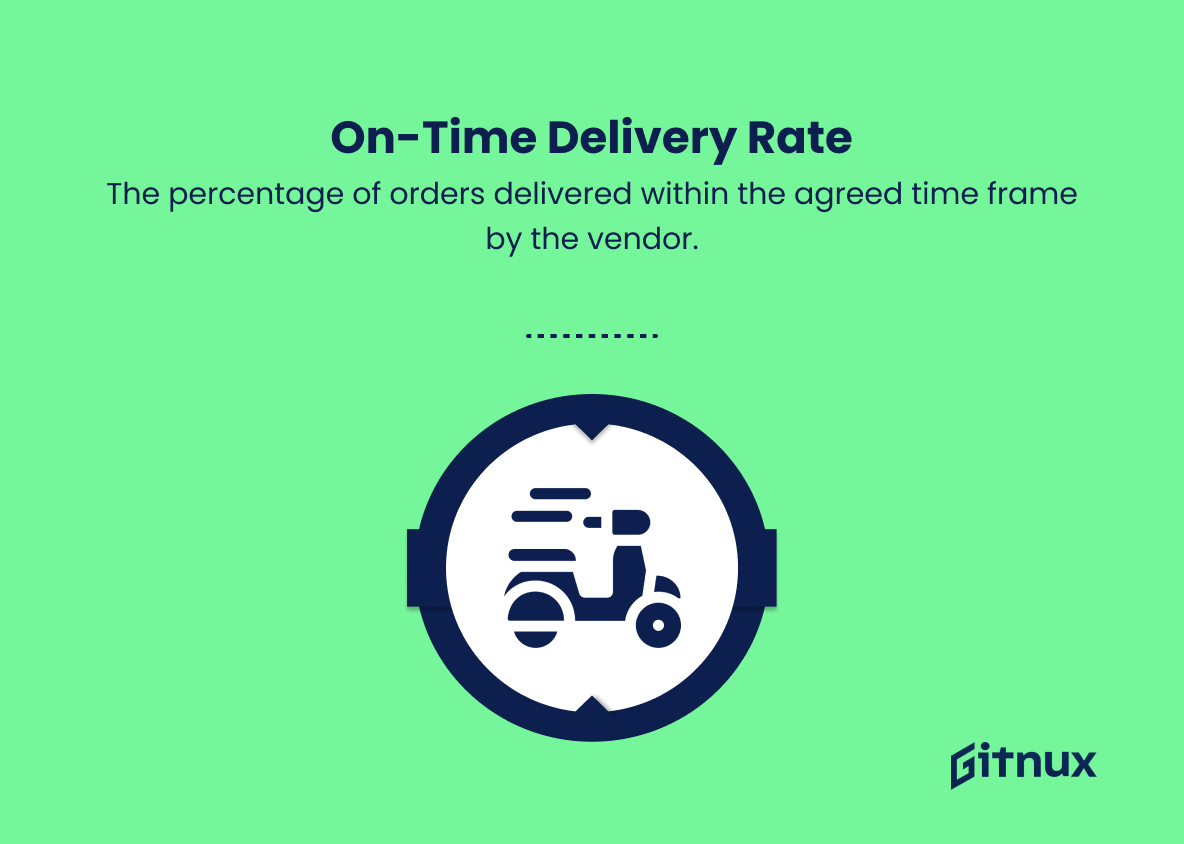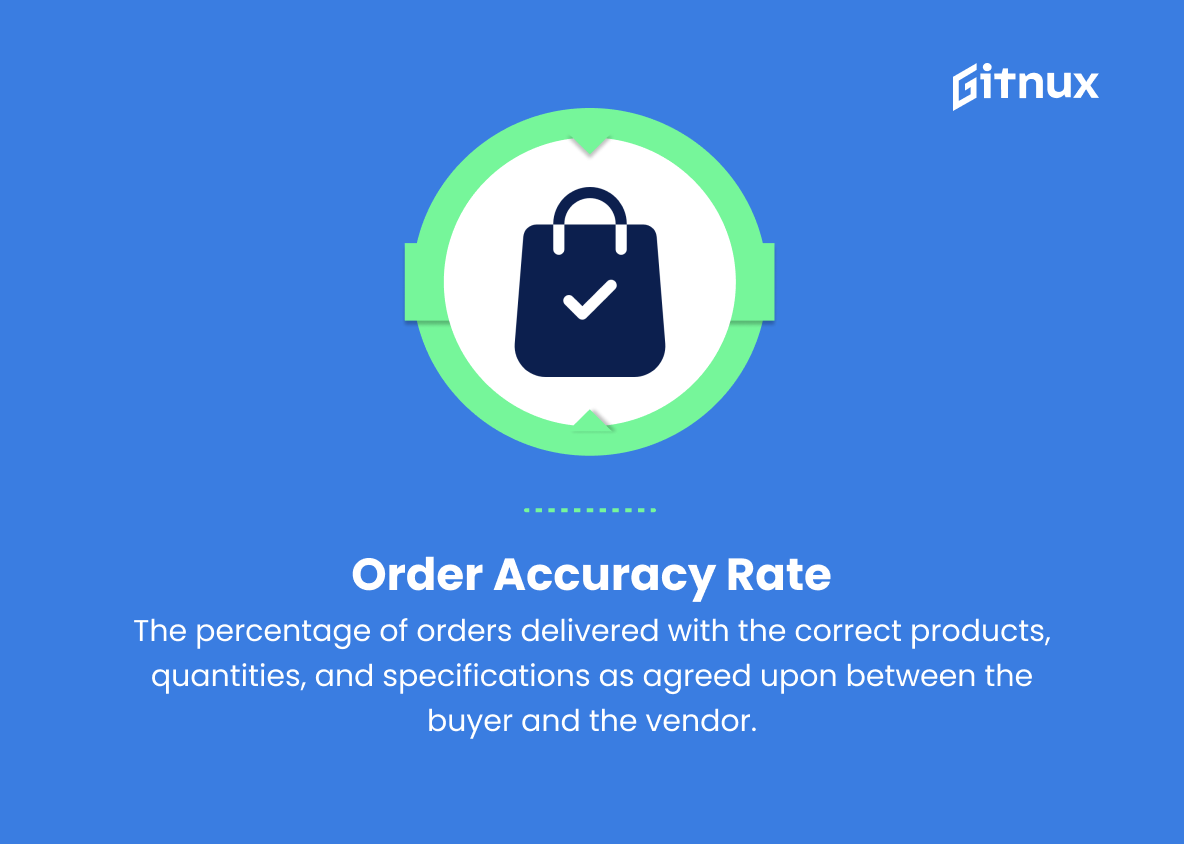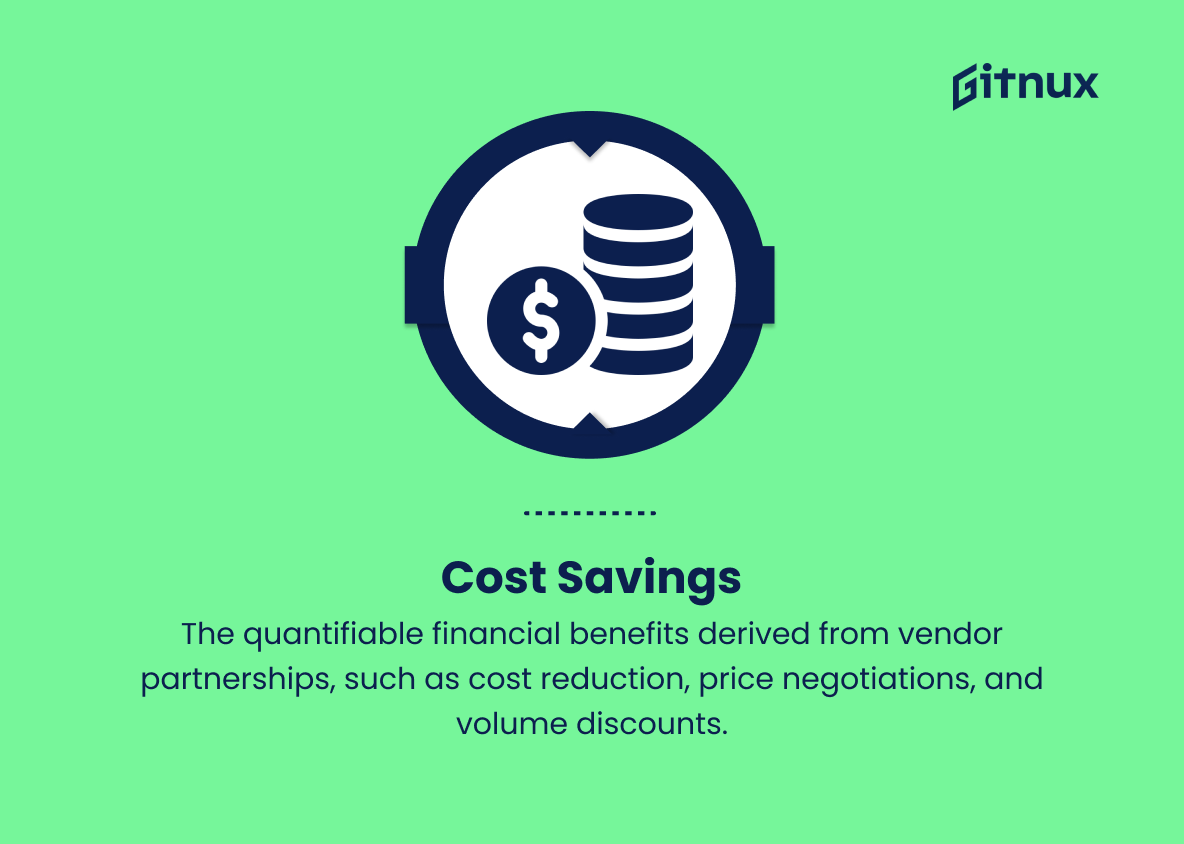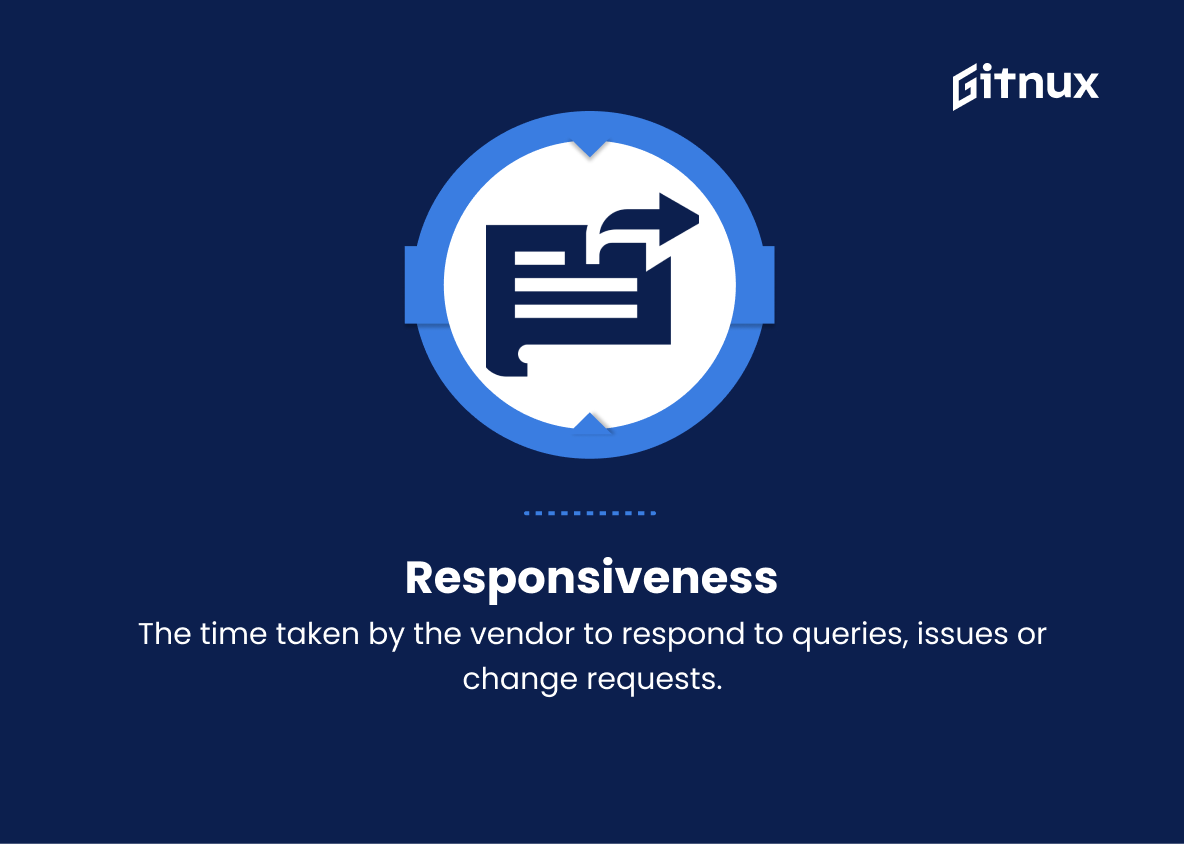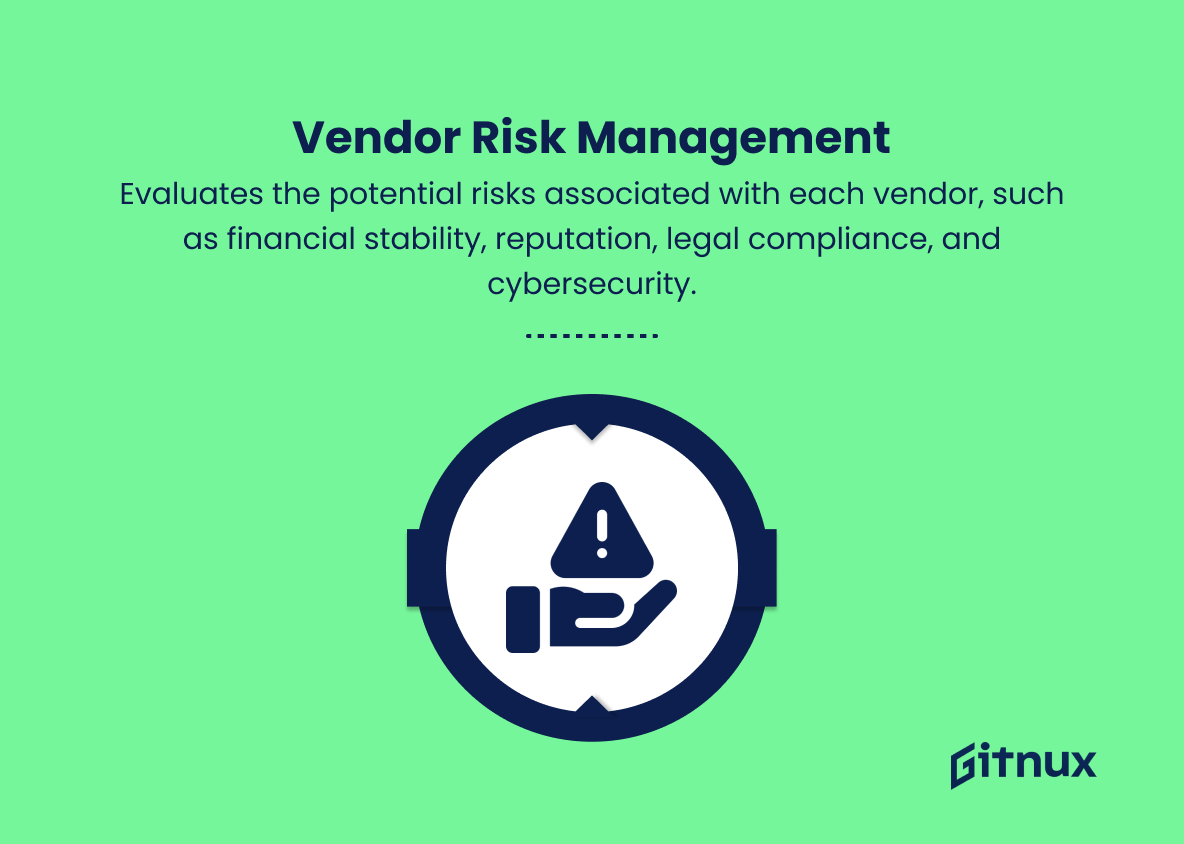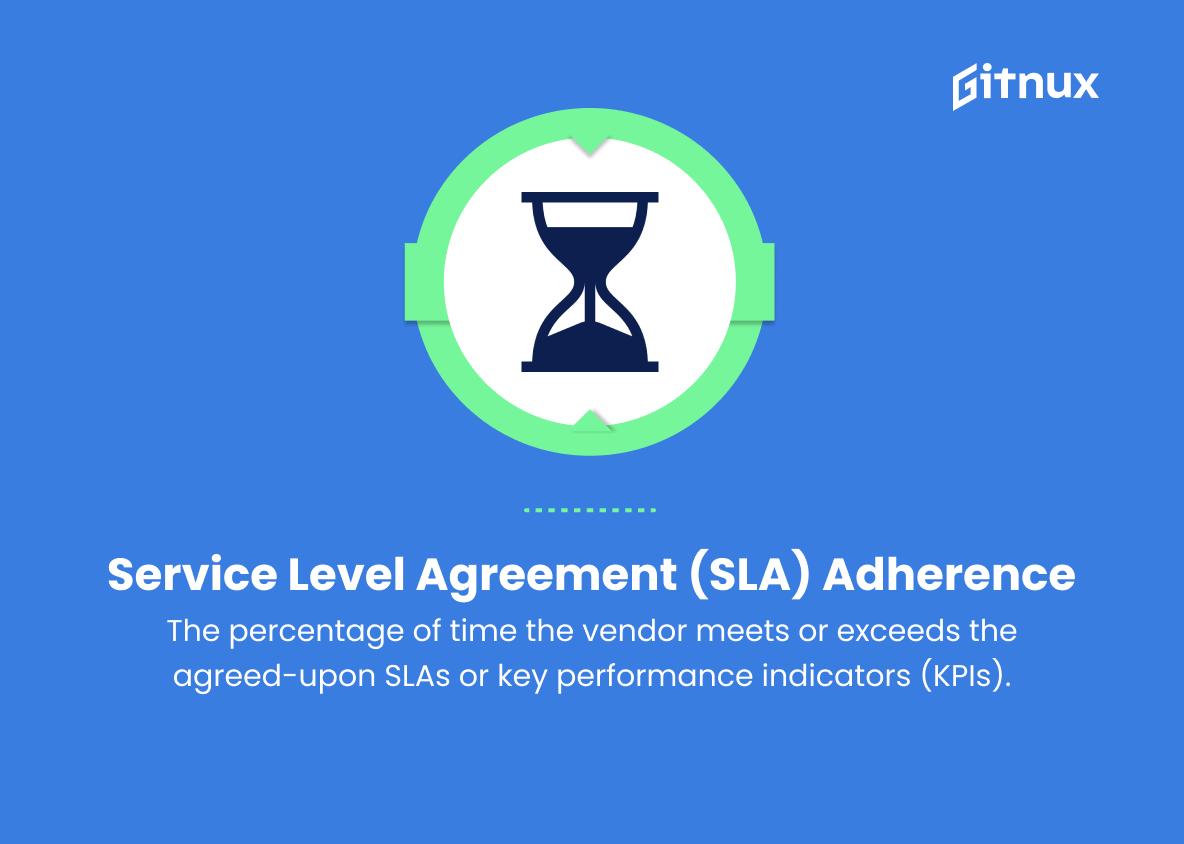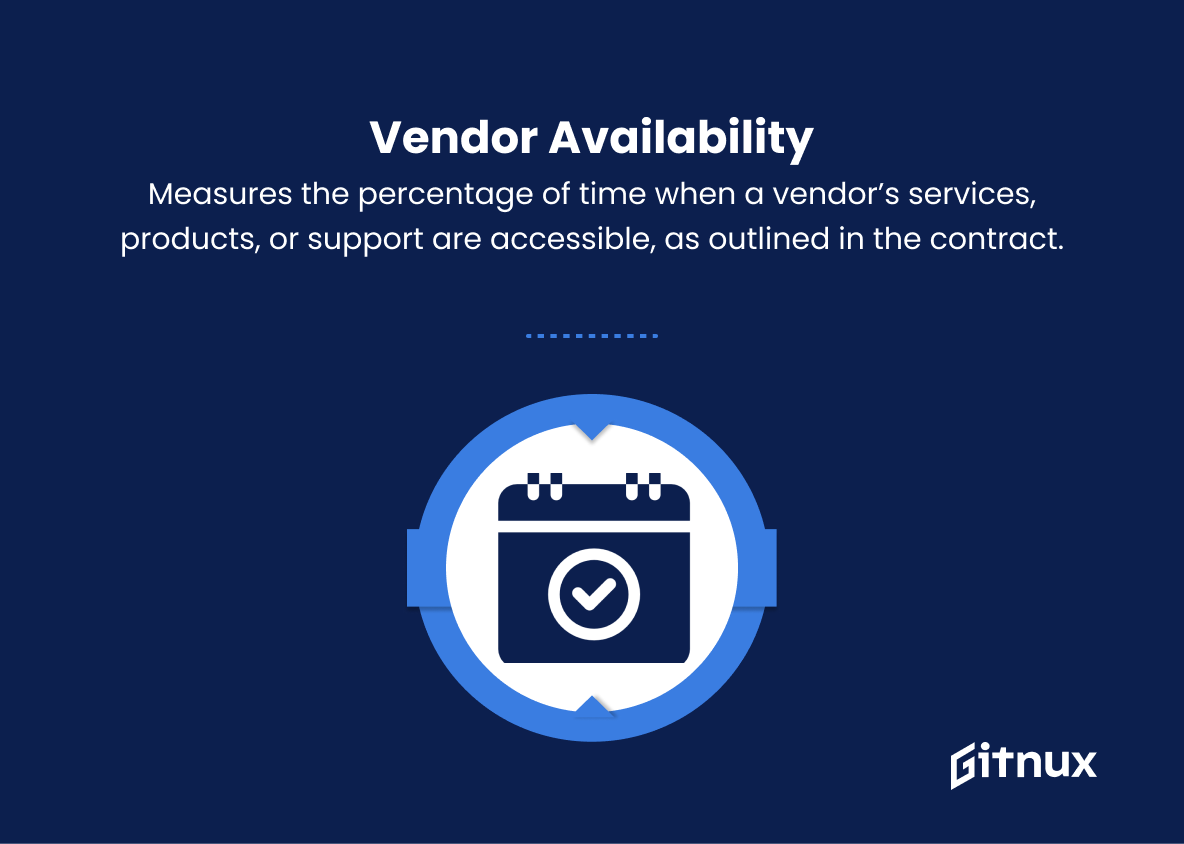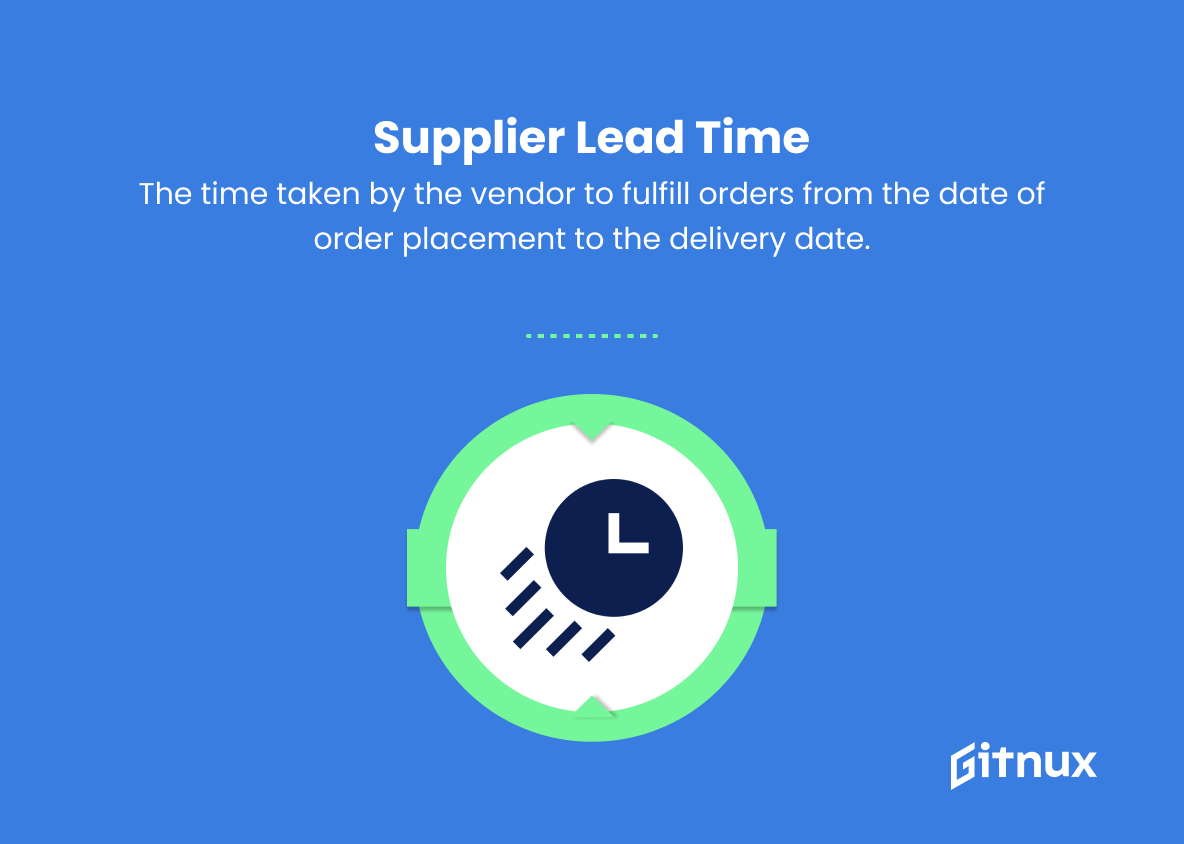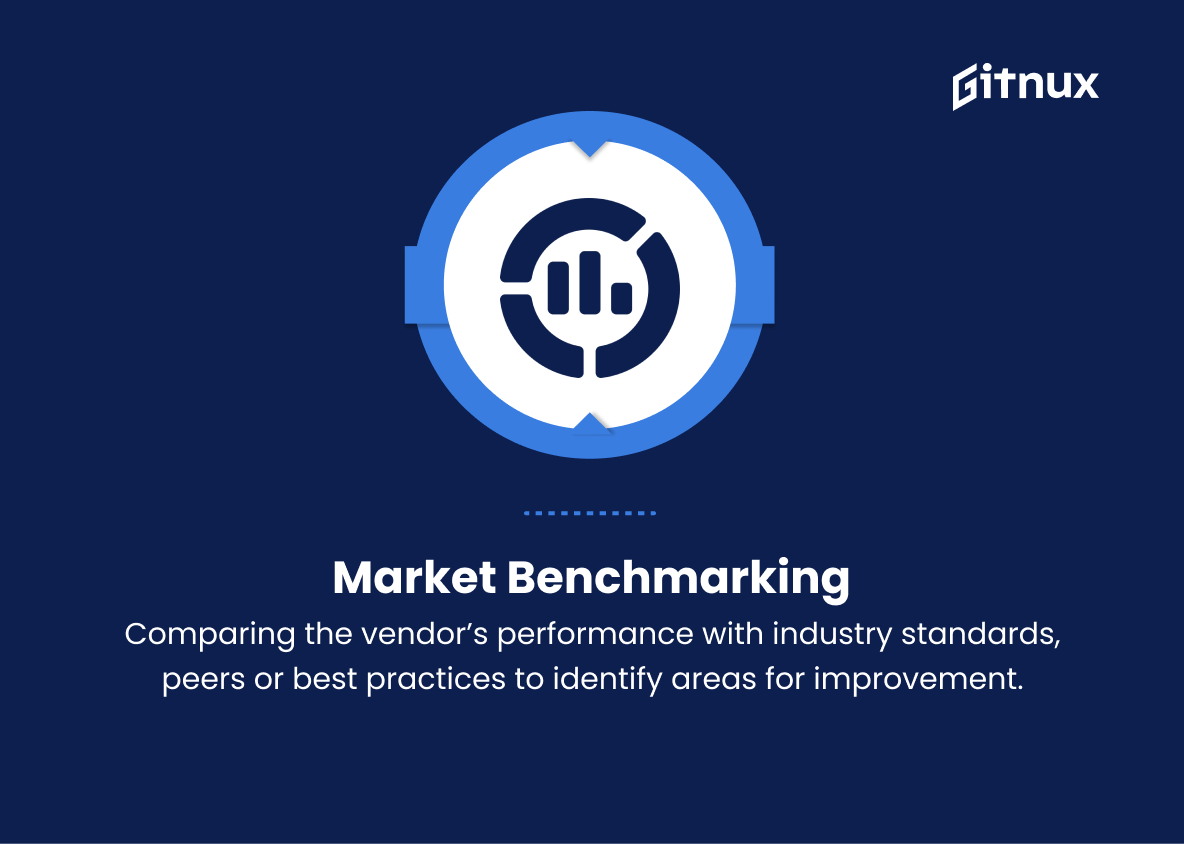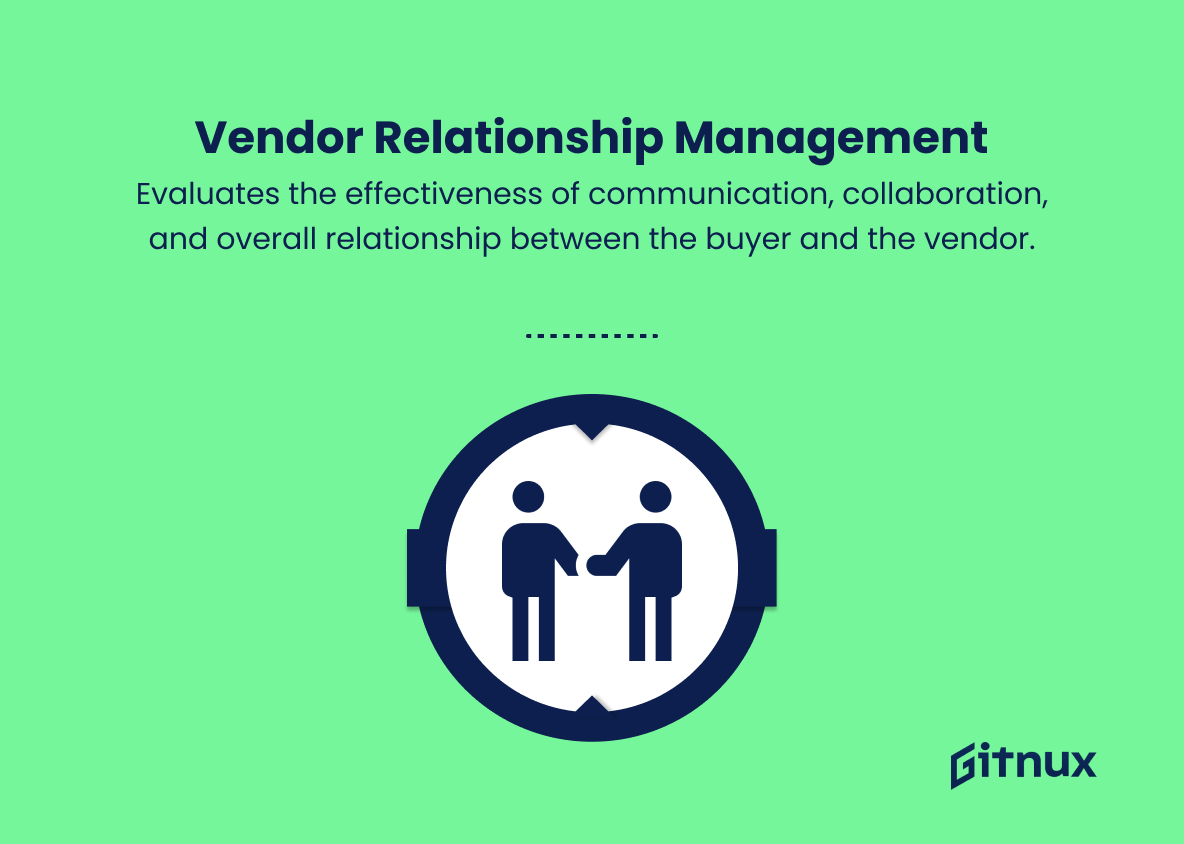In today’s highly competitive and rapidly evolving business landscape, effective vendor management has become an essential component for long-term success. As organizations continue to partner with multiple vendors to fulfill various operational requirements, adopting a robust and comprehensive approach to vendor management is crucial to maximize performance, mitigate risks, and ensure seamless collaboration. One of the primary pillars of this strategic approach is employing a set of well-defined vendor management metrics that can help organizations gauge the effectiveness of vendor relationships, drive continuous improvement, and create opportunities for mutual growth.
In this blog post, we will delve deep into the world of vendor management metrics, discussing why they are critical to business success and providing guidance on selecting and measuring the right metrics for your vendor performance evaluation.
Vendor Management Metrics You Should Know
1. Vendor performance score
A comprehensive score based on various factors such as quality, delivery, cost, and responsiveness, to evaluate the overall performance of a vendor.
2. On-time delivery rate
The percentage of orders delivered within the agreed time frame by the vendor.
3. Order accuracy rate
The percentage of orders delivered with the correct products, quantities, and specifications as agreed upon between the buyer and the vendor.
4. Quality performance
Measuring the defects, issues, or returns that occur within a given period, expressed as a percentage or incidents per unit purchased.
5. Cost savings
The quantifiable financial benefits derived from vendor partnerships, such as cost reduction, price negotiations, and volume discounts.
6. Contract compliance
Ensures that vendors are adhering to contract terms and conditions, such as service levels, pricing, and other clauses.
7. Responsiveness
The time taken by the vendor to respond to queries, issues or change requests.
8. Vendor risk management
Evaluates the potential risks associated with each vendor, such as financial stability, reputation, legal compliance, and cybersecurity.
9. Service level agreement (SLA) adherence
The percentage of time the vendor meets or exceeds the agreed-upon SLAs or key performance indicators (KPIs).
10. Vendor availability
Measures the percentage of time when a vendor’s services, products, or support are accessible, as outlined in the contract.
11. Vendor innovation
The extent to which a vendor contributes to business growth through innovative solutions, technologies, or business models.
12. Supplier lead time
The time taken by the vendor to fulfill orders from the date of order placement to the delivery date.
13. Market benchmarking
Comparing the vendor’s performance with industry standards, peers or best practices to identify areas for improvement.
14. Vendor relationship management
Evaluates the effectiveness of communication, collaboration, and overall relationship between the buyer and the vendor.
15. Vendor retention rate
The ability to retain vendors over time, indicating vendor satisfaction and partnership stability.
16. Number of suppliers per category
Evaluating the supplier base to ensure the right mix of vendors and minimize the risk of supply chain disruption or dependency.
17. Supplier diversity
Measures the percentage of spend allocated to diverse suppliers, such as minority-owned, women-owned, veteran-owned, or LGBTQ-owned businesses, promoting a more inclusive supply chain.
These metrics can be tailored and prioritized based on the organization’s objectives and industry to effectively manage and optimize vendor performance.
Vendor Management Metrics Explained
Vendor management metrics play a crucial role in evaluating and improving the effectiveness of the relationships with vendors. They provide insights into the overall performance, quality, cost-effectiveness, and reliability of vendors to ensure a stable and optimized supply chain. A comprehensive vendor performance score enables organizations to assess a vendor’s performance based on critical factors such as quality, delivery, cost, and responsiveness. On-time delivery rate and order accuracy rate ensure timely and accurate deliveries, while quality performance helps measure the occurrence of defects or returns.
Cost savings and contract compliance focus on financial benefits and adherence to agreed terms, while responsiveness and vendor risk management help in assessing the vendor’s timeliness and potential risks involved. Service level agreement adherence and vendor availability highlight the efficacy of a vendor’s service and support in meeting agreed-upon expectations. Vendor innovation gauges their contribution to business growth, while supplier lead time measures the time taken for order fulfillment.
Market benchmarking allows for performance comparison against industry standards, whereas vendor relationship management evaluates the effectiveness of communication and collaboration between the buyer and the vendor. Vendor retention rate, number of suppliers per category, and supplier diversity emphasize the stability and inclusiveness of the supply chain. Prioritizing and tailoring these metrics based on the organization’s goals and industry will result in better management of vendor partnerships and an optimized procurement process.
Conclusion
In conclusion, effective vendor management metrics are crucial for businesses looking to optimize their vendor relationships and maximize their return on investment. By actively measuring key indicators such as vendor performance, cost savings, contract compliance, and risk management, organizations can closely monitor the success of their vendor management program, make informed strategic decisions, and nurture strategic partnerships.
Fostering a robust vendor management ecosystem allows businesses to react swiftly to market changes, continuously innovate, and drive sustainable growth. Always remember that transparent communication and well-defined expectations are the backbone of successful vendor relationships, leading to long-term mutual benefits and shared accomplishments.

